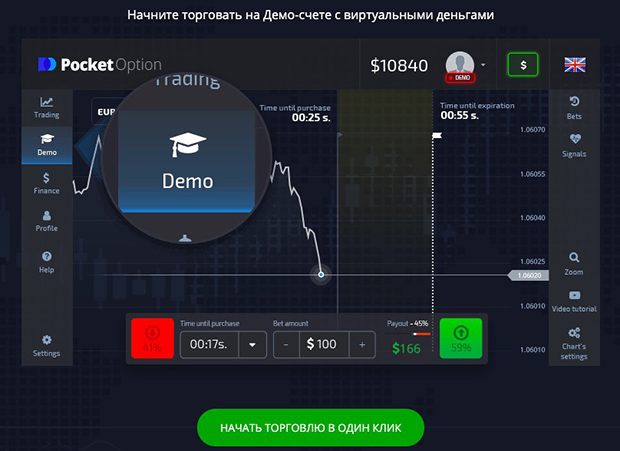22 Sep Best Indicators for Pocket Option

Best Indicators for Pocket Option
Trading on platforms like Pocket Option can be both exciting and daunting. To navigate the waters of online trading effectively, having the right tools at your disposal is crucial. Among these tools, technical indicators stand out, helping traders make informed decisions. In this article, we’ll explore some of the best indicators for Pocket Option, explain how they work, and provide tips on how to utilize them effectively. Additionally, for those looking for ways to trade without investments, check this resource: best indicators for pocket option https://pocketoption-ukraine.com/ru/blog-ru/pocket-option-bez-investiciy/.
Understanding Technical Indicators
Technical indicators are tools used by traders to analyze price movements and identify market trends. These indicators can provide insights into potential entry and exit points for trades, helping to maximize profits while minimizing risks. There are several categories of indicators, including trend-following indicators, momentum indicators, volatility indicators, and volume indicators, each serving a different purpose.
1. Moving Averages
Moving averages are perhaps the most widely used indicators in trading. They smooth out price data to identify trends over a specific period, helping traders pinpoint potential reversals or continuations in the market. The two most common types of moving averages are:
- Simple Moving Average (SMA): This is calculated by taking the average of a set number of price points over a specified period.
- Exponential Moving Average (EMA): This places more weight on recent prices, making it more responsive to price changes.
Traders often look at crossovers between short-term and long-term moving averages to signal potential buy or sell opportunities.
2. Relative Strength Index (RSI)

The Relative Strength Index (RSI) is a momentum oscillator that measures the speed and change of price movements. It ranges from 0 to 100 and is typically used to identify overbought or oversold conditions. A reading above 70 suggests that an asset may be overbought, while a reading below 30 indicates it may be oversold.
RSI can confirm trends and help traders decide when to enter or exit trades. For example, if the price is rising and the RSI begins to fall, it could suggest a potential reversal.
3. Bollinger Bands
Bollinger Bands consist of three lines: the middle line is an SMA, while the upper and lower bands are set a certain number of standard deviations away from the SMA. This tool helps traders gauge market volatility and identify potential breakout or reversal points.
When the price approaches the upper band, it may signal a potential selling opportunity, while a touch of the lower band could indicate a buying opportunity. Traders often use Bollinger Bands in conjunction with other indicators for better accuracy.
4. MACD (Moving Average Convergence Divergence)
The MACD is a trend-following momentum indicator that shows the relationship between two moving averages of a security’s price. It consists of the MACD line, signal line, and histogram. The MACD line is derived from the difference between the 12-period EMA and the 26-period EMA, while the signal line is a 9-period EMA of the MACD line.
Crossovers between the MACD line and the signal line can indicate bullish or bearish momentum, making it a popular choice among traders looking to refine their entry and exit strategies.
5. Fibonacci Retracement
Fibonacci retracement levels are a popular tool among traders to identify potential reversal levels in the market. By plotting key Fibonacci levels (23.6%, 38.2%, 50%, 61.8%, and 100%) on a price chart, traders can find areas where the price may retrace before continuing in the original trend. This can offer valuable insights for setting stop-loss and take-profit levels.
Conclusion
Incorporating the right indicators in your trading strategy can significantly enhance your performance on Pocket Option. By understanding how each indicator works and utilizing them effectively, you can improve your chances of identifying profitable trades. Remember that while indicators can provide valuable information, it’s essential to combine them with sound risk management practices and market analysis. As the market is ever-changing, continuous learning and adaptation are crucial keys to success in trading.



No Comments